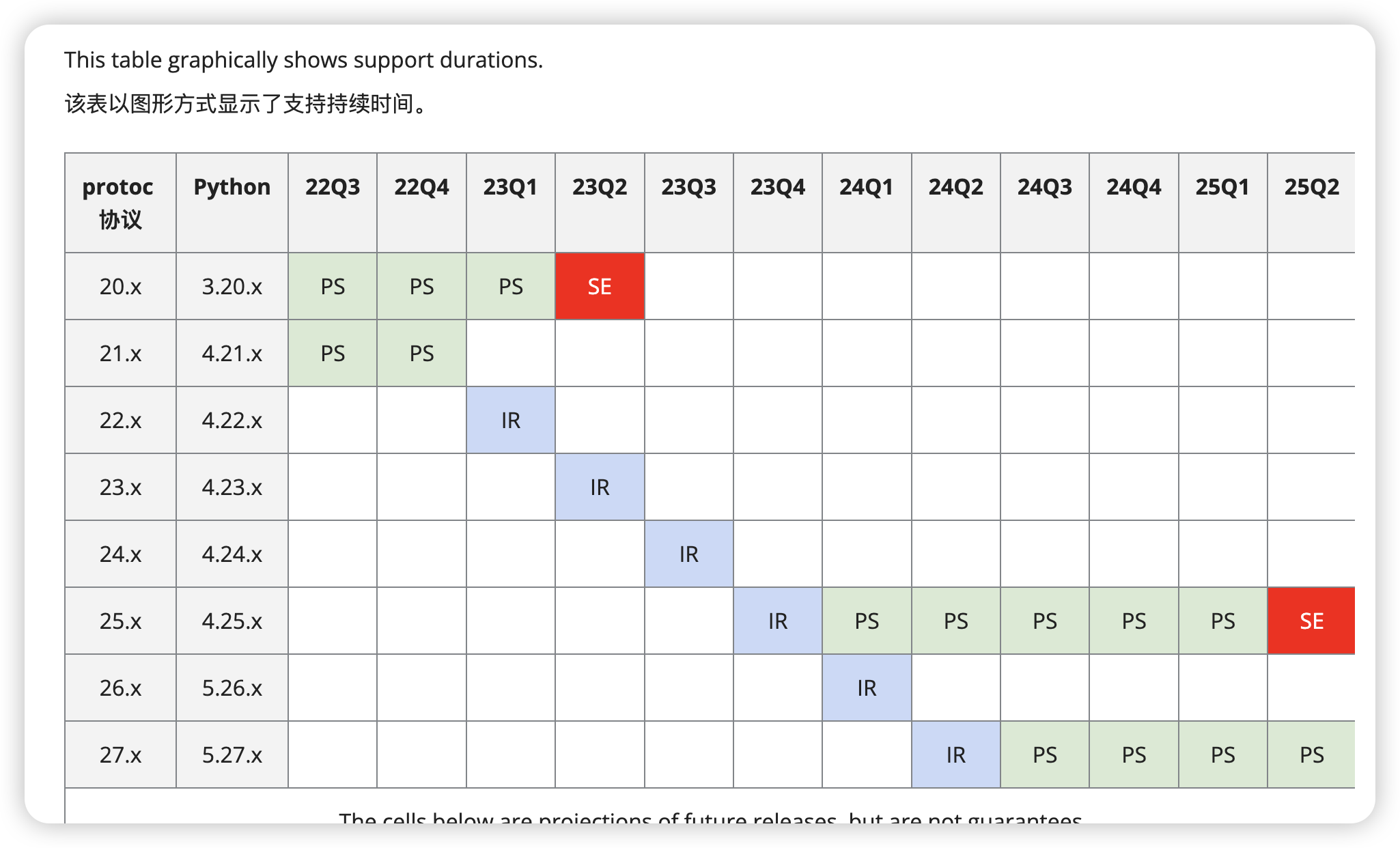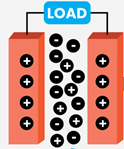
分析:
1. **读取输入**:首先,我们需要读取输入中的第一行,了解有多少个化学式需要处理。之后,对于每个化学式,我们逐行读取并进行处理。
2. **解析化学式**:对于每个化学式,我们需要遍历其字符串,识别出元素(C, H, O, N)及其后可能跟随的数字(表示该元素的数量)。如果元素后没有数字,则默认数量为1。
3. **计算分子量**:通过查找每个元素对应的原子量(C: 12.01 g/mol, H: 1.008 g/mol, O: 16.00 g/mol, N: 14.01 g/mol),并乘以该元素的数量,我们可以计算出每个元素的总质量。将所有元素的总质量相加,得到整个化学式的分子量。
4. **输出结果**:对于每个化学式,计算完成后输出其分子量,保留三位小数。
代码实现:
#include <iostream>
#include <string>
#include <map>
#include <iomanip>
using namespace std;
// Function to calculate the mass of a chemical formula
double calculateMass(const string& formula, const map<char, double>& atomicMasses) {
double totalMass = 0.0;
int i = 0;
while (i < formula.length()) {
char element = formula[i];
int quantity = 0; // Initialize quantity to 0
i++;
// Loop to calculate the quantity of the current element
while (i < formula.length() && isdigit(formula[i])) {
quantity = quantity * 10 + (formula[i] - '0');
i++;
}
// If quantity is still 0, it means there was no number after the element, so set it to 1
if (quantity == 0) {
quantity = 1;
}
// Add the mass of the current element to the total mass
totalMass += atomicMasses.at(element) * quantity;
}
return totalMass;
}
int main() {
int T;
cin >> T;
// Map to store the atomic masses of the elements
map<char, double> atomicMasses = {
{'C', 12.01},
{'H', 1.008},
{'O', 16.00},
{'N', 14.01}
};
while (T--) {
string formula;
cin >> formula;
cout << setprecision(3) << fixed << calculateMass(formula, atomicMasses) << endl;
}
return 0;
}
这段代码通过定义一个`calculateMass`函数来处理核心逻辑,该函数接受一个化学式字符串和一个元素原子量的映射表作为参数。通过遍历化学式字符串,识别元素及其数量,并利用映射表查找对应的原子量进行计算,最终得到化学式的总分子量。`main`函数中,首先读取案例数量,然后对每个化学式调用`calculateMass`函数进行处理,并输出结果。通过使用`setprecision`和`fixed`,确保输出的分子量保留三位小数,满足题目要求。


















